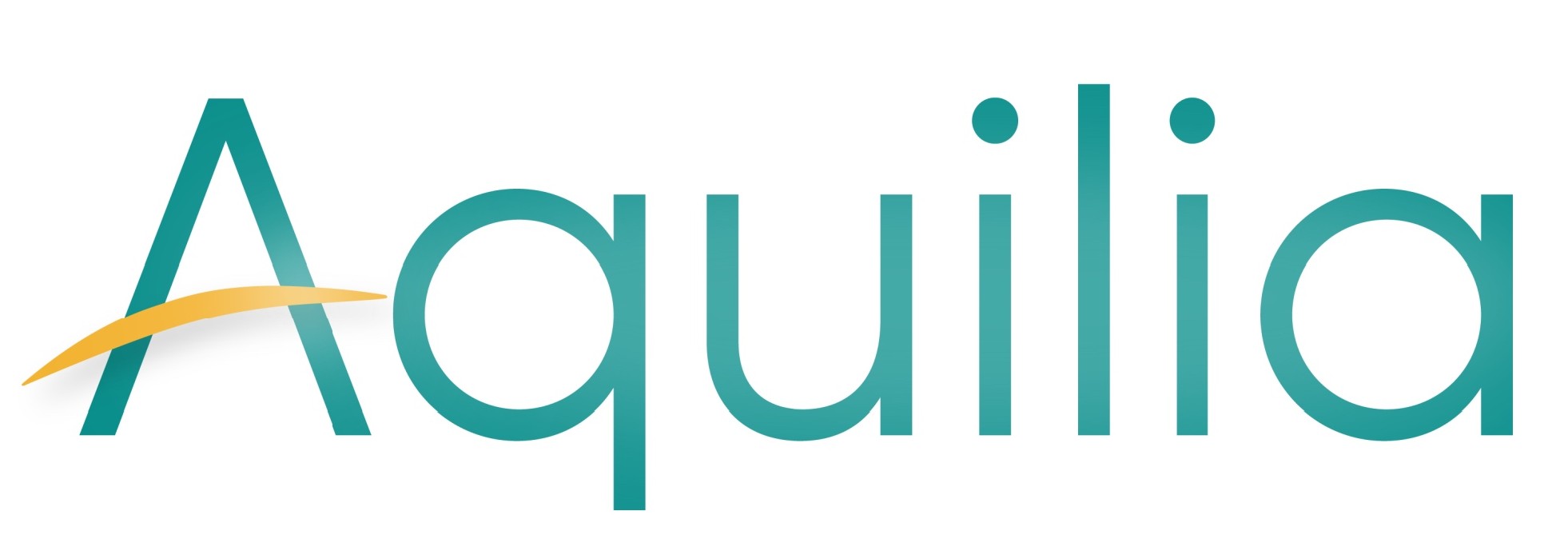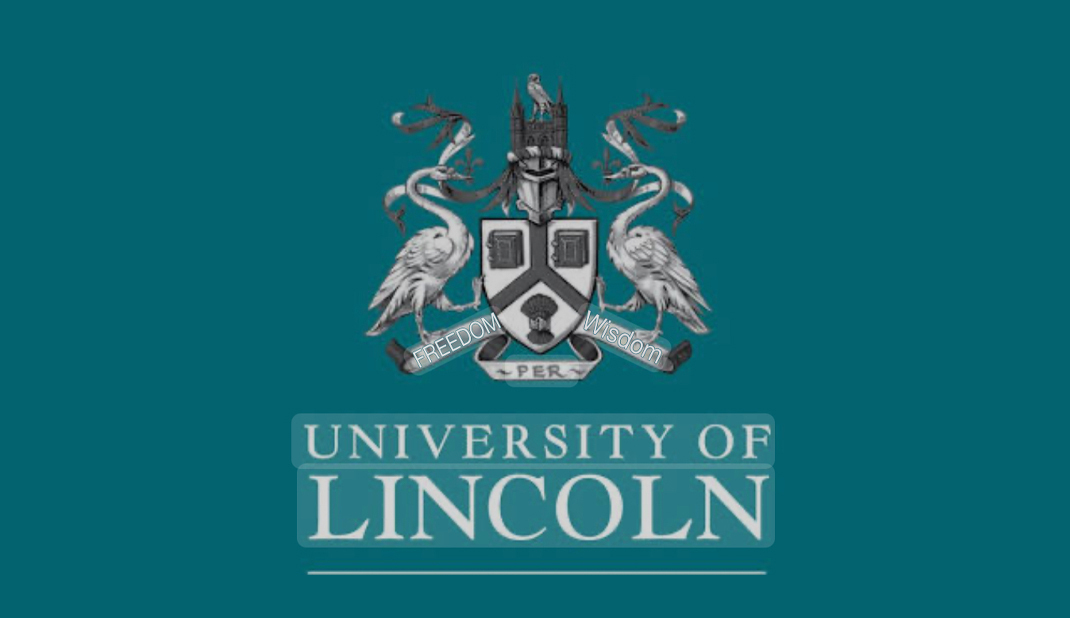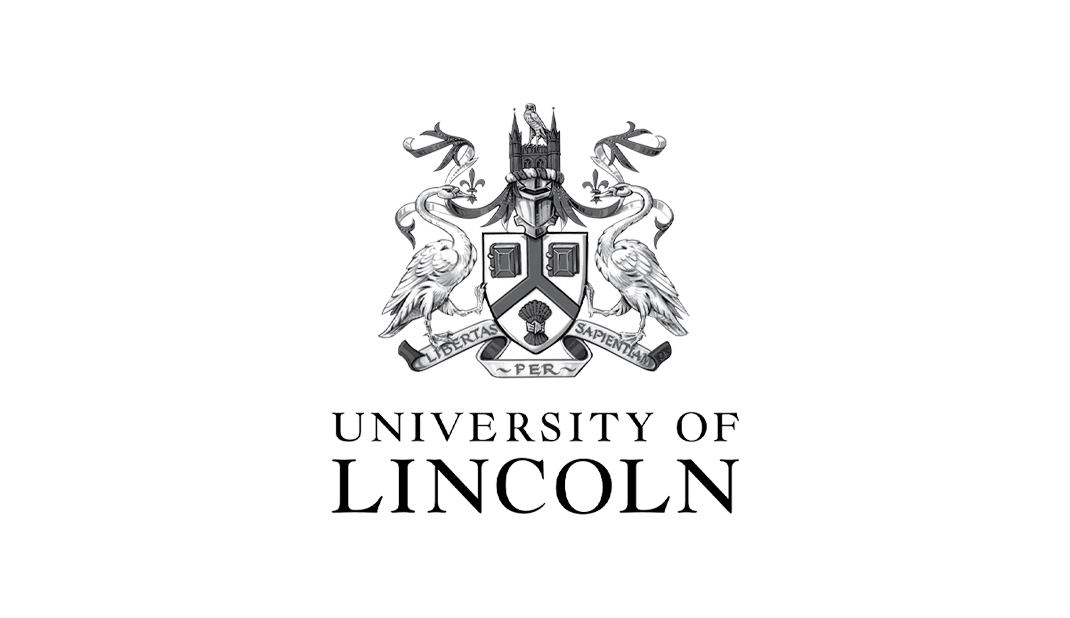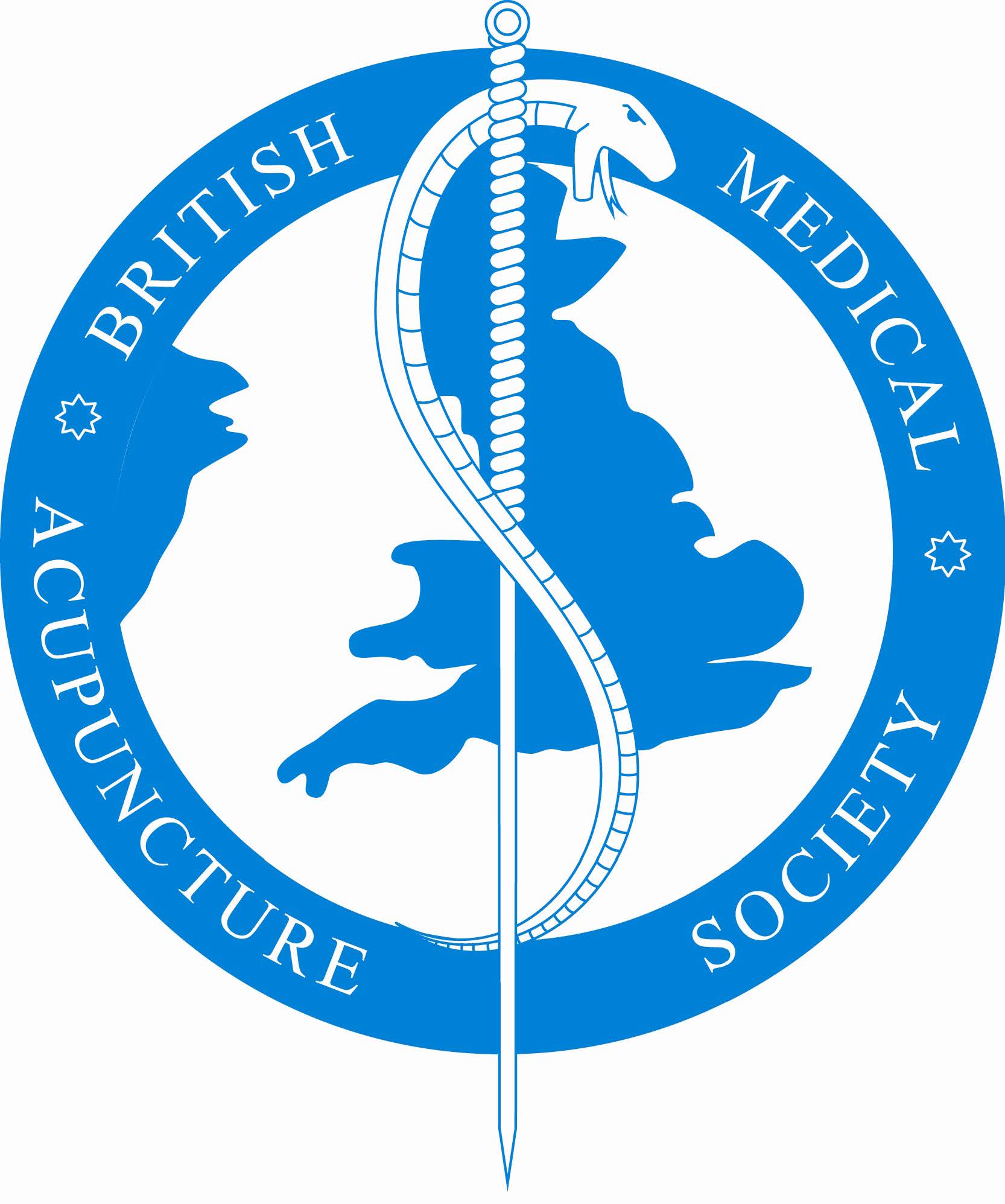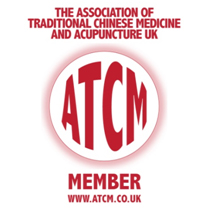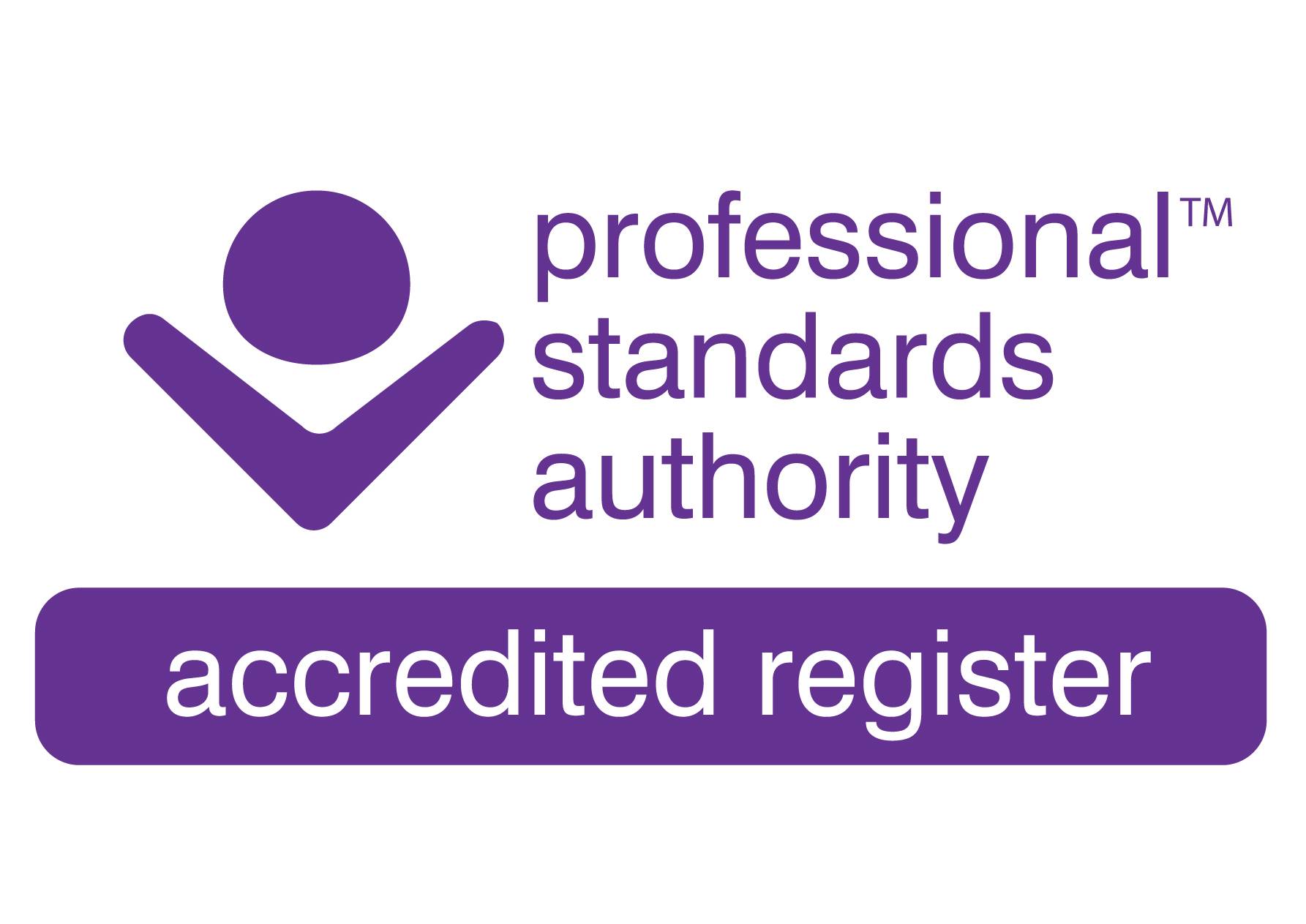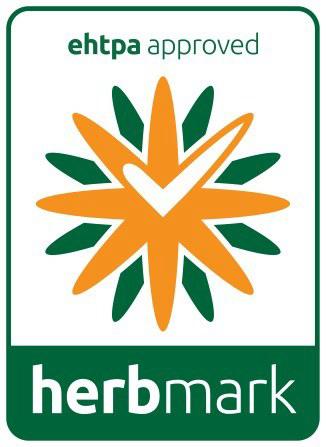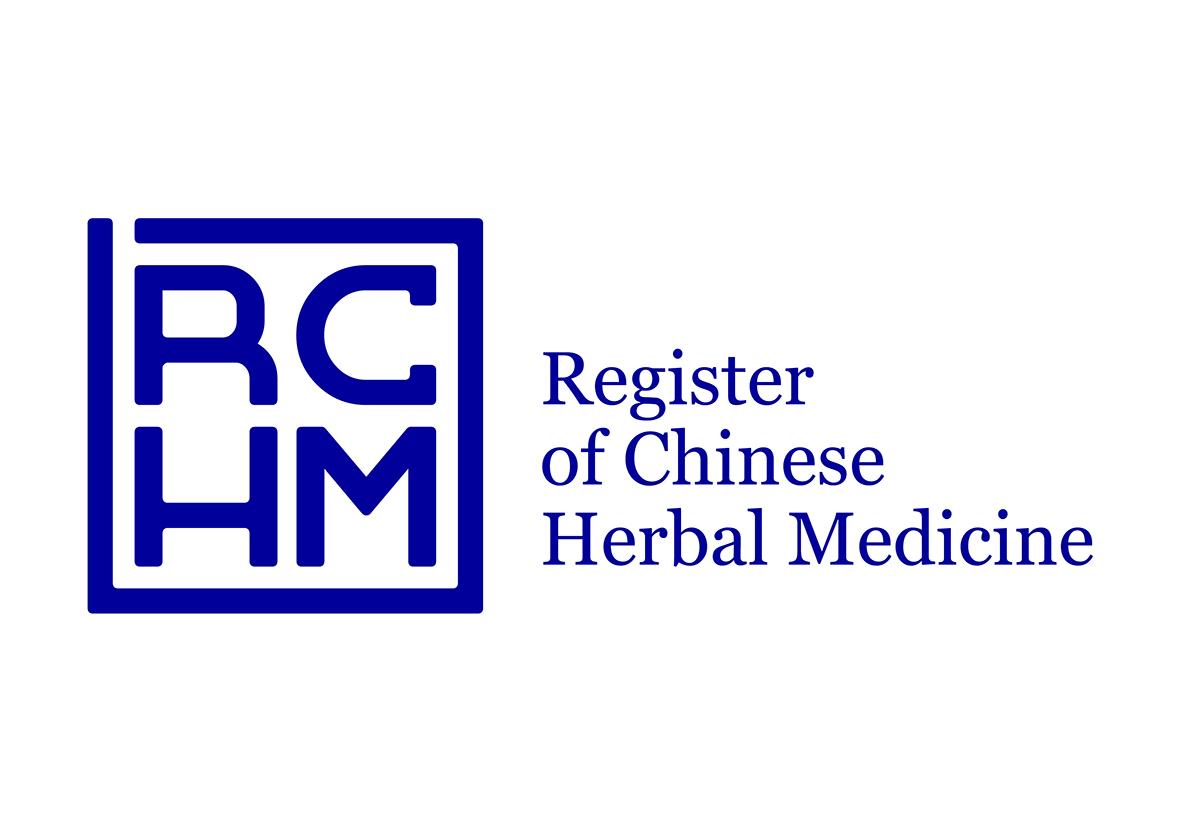About Acupuncture
Here is a short break down of how acupuncture influences the body in a range of contexts:
- Acupuncture works by reducing pain and inflammation. An acupuncturist carefully
inserts an acupuncture needle into the surface of the body which activates a series of signalling pathways, mediators, and receptors to influence health and wellbeing. Acupuncture effects sensory nerve pathways involving nerve fibres and can encourage muscle relaxation. - Acupuncture balances the fight and flight (sympathetic) and rest and digest
(parasympathetic) nervous systems. The parasympathetic system is associated withrest, relaxation, sleep patterns, digestion, and healing of tissue. - An acupuncturist via acupuncture can modify limbic system transmissions in the
brain which are responsible for how we deal with stress and illness. - Acupuncture can stimulate the body to produce its own naturally occurring
neurochemicals to produce a pain relief and feel-good effect. These include serotonin, dopamine, noradrenalin, and endogenous opioids including endorphins, and so many more. - Acupuncture regulates our hormones.
Acupuncture is recommended around the world by government health institutions, national guidelines, and medical speciality groups. Recommendations for acupuncture include acupuncture to help people manage chronic pain and also for non-pain conditions. In the UK acupuncture is recommended by National Institute of Clinical Excellence for Chronic Pain and Migraines. However, public access to a specialist acupuncturist or acupuncture is limited in NHS settings.
To regulate a menstrual cycle, I work on a weekly basis. Weekly sessions are recommended as the appropriate dose of treatment. You should expect to be offered 12 sessions of acupuncture.
I am also trained in ancient tongue diagnosis. This is a unique system that forms part of a method of the diagnosis of patterns. When I observe the tongue, I am looking at several characteristics. These include the colour and shape of the tongue, and whether there are cracks, red points and where are these located. I also observe whether there is a coating on the tongue and the texture and thickness of this coating. Tongue diagnosis is integrated with other clinical assessments and helps to guide my understanding of each person’s pathology. This in turn will influence the acupuncture treatment strategy and prescription of acupuncture points.
When I am conducting a pulse diagnosis, I am not taking blood pressure. I am using an ancient specialised system of traditional diagnosis called pulse examination. There are 28 pulse classifications, and I am taking the pulse to be able to make a clinical judgement on which classification your pulse reading corresponds too. This information also guides a diagnosis, provides an understanding of pathology and informs a treatment strategy. Pulse assessment is a major skill in the profession of acupuncture. Pulse examination enables early screening and staging of a condition, and preventative care within the framework it is applied.
There are over 370 acupuncture points on the body. I select from this bank which acupuncture points I am going to apply. Each point has an indication, and specific action.
The needles remain in position on average for 20 minutes. Some needles may only be inserted momentarily (a few seconds) at certain times depending on my strategy. The appointment for acupuncture is separated into phases.
1. Phase one, a review which includes feedback, and pulse check.
2. Phase two, the actual treatment process – where I select and insert single use sterile disposable acupuncture points into the surface of the body.
3. Phase three where the acupuncture needles remain in position while the patient relaxes.
4. Phase four is the removal of the acupuncture points with a sterile cotton devise and safe disposal of the acupuncture needles.
To be a fully qualified acupuncturist it takes around three years of academic and clinical training. I have a First Class Bachelor of Science Degree in Acupuncture.
Please where possible wear loose clothing so I can access if required your legs, abdomen, and arms. You will need to remove your watch so I can take your pulse.
Acupuncture may create a feeling of a dull ache, an electric type of a momentarily sensation. Some points may feel a little bit sharp (depending on location) on insertion. Or you may feel absolutely nothing at all when I am placing them in position. Acupuncture is not a painful experience, it is generally relaxing. Some patients fall asleep during treatment, and they very much look forward to their sessions with me. If you are concerned about how acupuncture may make you feel and whether it is a painful experience, please do not worry about this. Acupuncture in the hands of a fully qualified acupuncturist is safe. I use very fine tiny high quality acupuncture needles and I am highly experienced in the selection and insertion of acupuncture points.
In the UK specialist acupuncture is currently mostly accessible as a private sector treatment.
I use as many acupuncture points as required. I have never had a set number. The number of points I needle depends on the prescription during the time of the treatment strategy. I can use anywhere between 5-30 acupuncture points. I use less acupuncture points for early pregnancy support (as there are a specific number of points for this purpose). I use more acupuncture points when treating acute or chronic pain conditions that require both local treatment (example treatment of the back) and also what we call distal systematic treatment, which is treatment away from the source of the problem. During ovarian stimulation or in the follicular phase of a menstrual cycle I use more acupuncture points that are located on the lower abdomen.
Parking
We are located in the heart of Stamford at Scotgate Mews PE92FX. There is a car park 100 yards from the clinic called Scotgate Short Stay Car park. Many patients park there. There is off road parking very close by, but spaces are not guaranteed. There is disabled parking next to the post office in Stamford which is just by Aquilia Acupuncture Clinic. There are also car parks close to the town centre.
Detailed information open box here
We are located at SG75AF. There is permit parking only directly opposite the building. However, there are many parking spaces around the building in a square shape. You can also park in the centre of Baldock high street with a short walk.
Contact us


